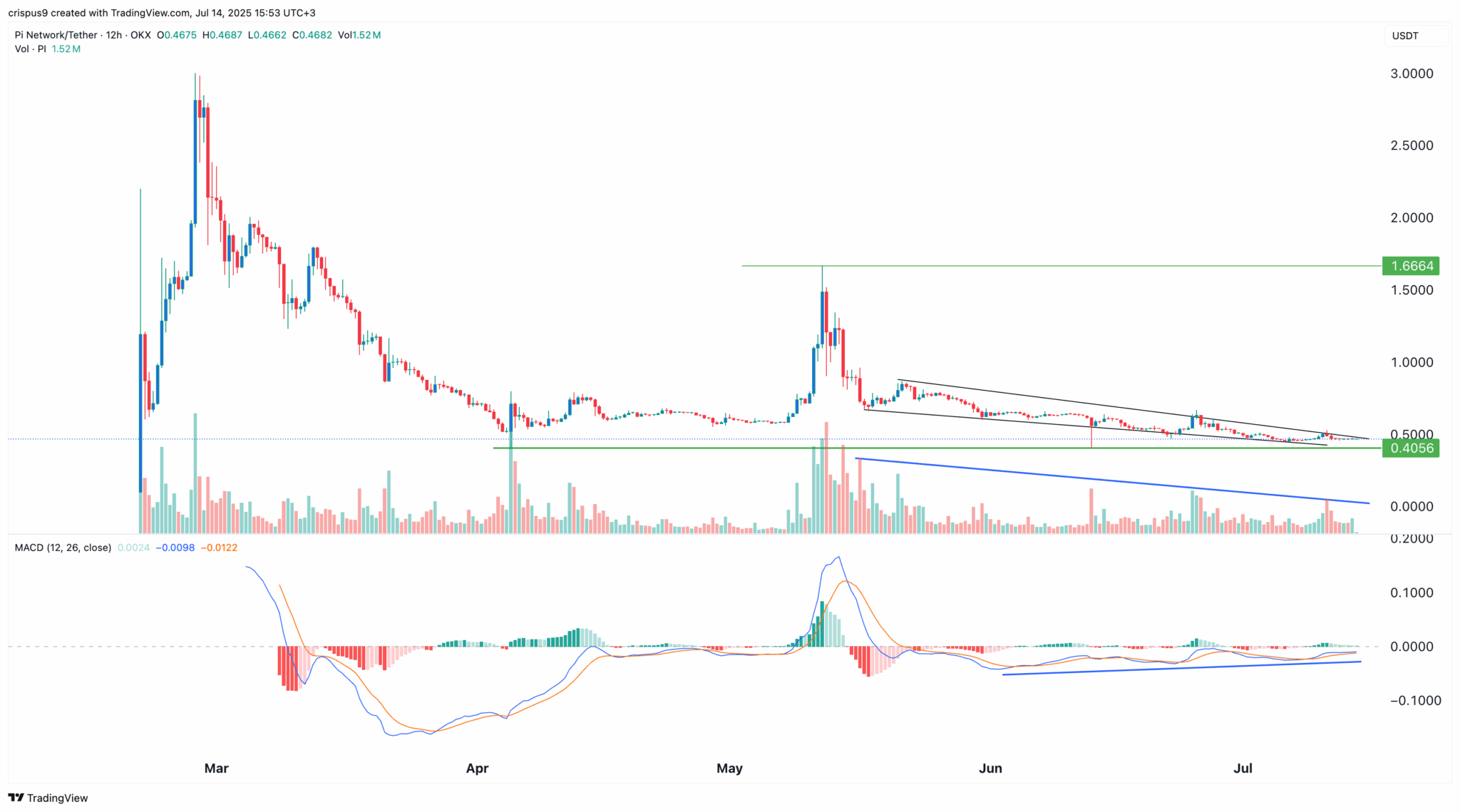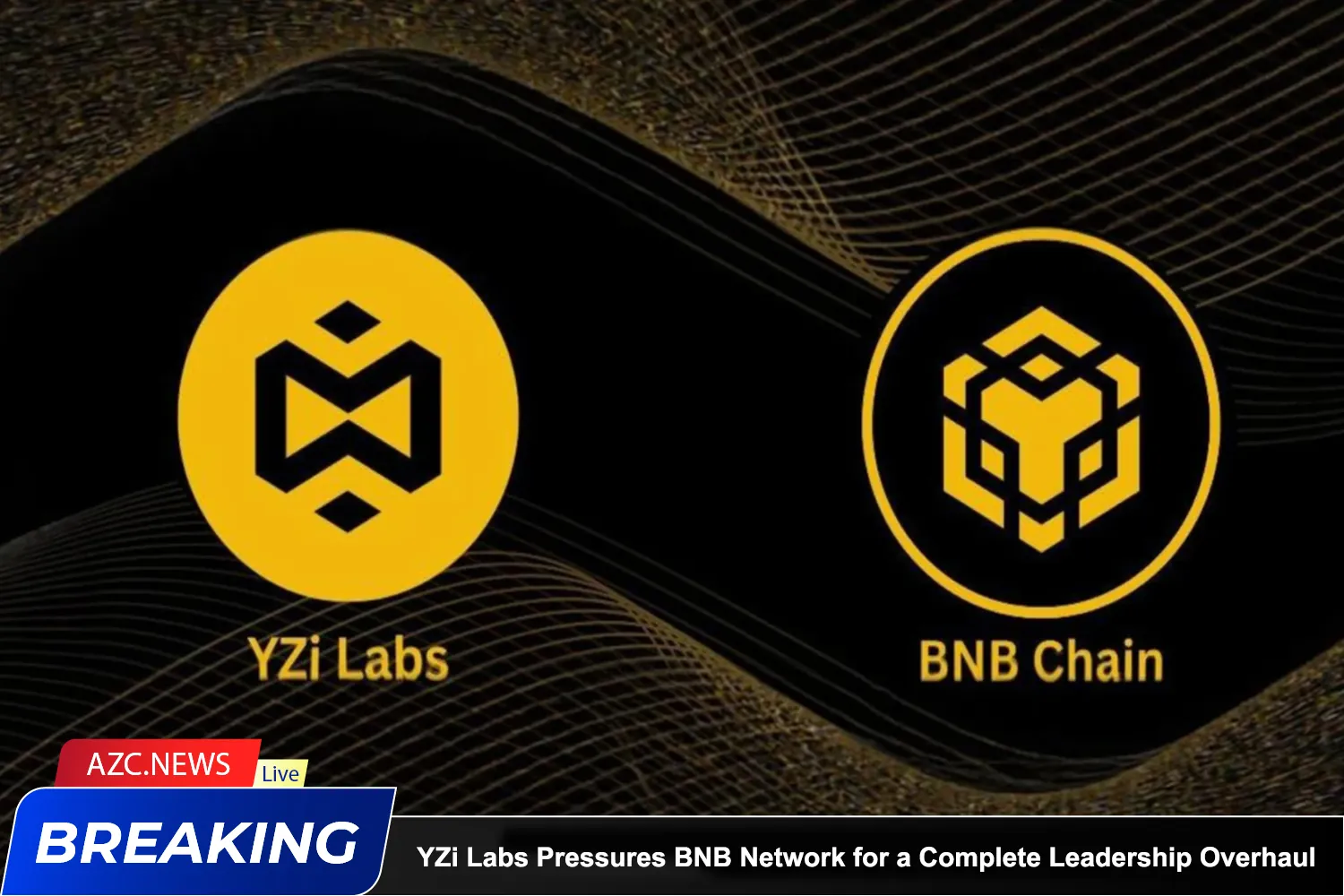Selling Pressure and Centralization Concerns
One key reason behind Pi Coin’s decline is the ongoing token unlocks that are rapidly increasing supply. According to PiScan data, over 145 million tokens (worth around $67 million) are scheduled to be unlocked for the remainder of this month. Another 138.5 million tokens will unlock in August, 117 million in September, and 93 million in October. This continuous supply increase is adding substantial selling pressure.
In the last 24 hours, over 1.4 million Pi tokens have been withdrawn from exchanges — a move typically associated with selling or profit-taking. Combined with the upcoming unlocks, this trend is weighing heavily on the price.
Another major concern is Pi Network’s centralization. The Pi Foundation reportedly holds over $33 billion worth of tokens with no independent auditing. This lack of transparency is one reason why major exchanges like Binance and Upbit have yet to list the token.
Moreover, Pi Coin’s trading volume has been underwhelming during this bull run — just around $80 million in 24 hours, far behind popular memecoins like Pepe, Shiba Inu, and Bonk.
Technical Indicators Suggest a Breakout Ahead

Despite the recent price drop, some technical signals point to a potential bullish reversal. Pi Coin appears to be in a low-volume, low-volatility phase — typically a sign of silent accumulation, according to Wyckoff’s theory. This phase often precedes a strong markup rally.
The chart shows a double-bottom pattern forming around $0.4056, with the neckline at $1.666 — the May high. In addition, a falling wedge pattern, a classic bullish reversal setup, is emerging. The two lines of the wedge are converging, which could trigger a breakout soon.
The MACD indicator has also formed a bullish divergence — a strong signal that upward momentum may be building. If Pi Coin breaks above the $1 resistance level, the next target could be $1.666. On the flip side, a drop below the $0.4056 support would invalidate the long-term bullish outlook.






